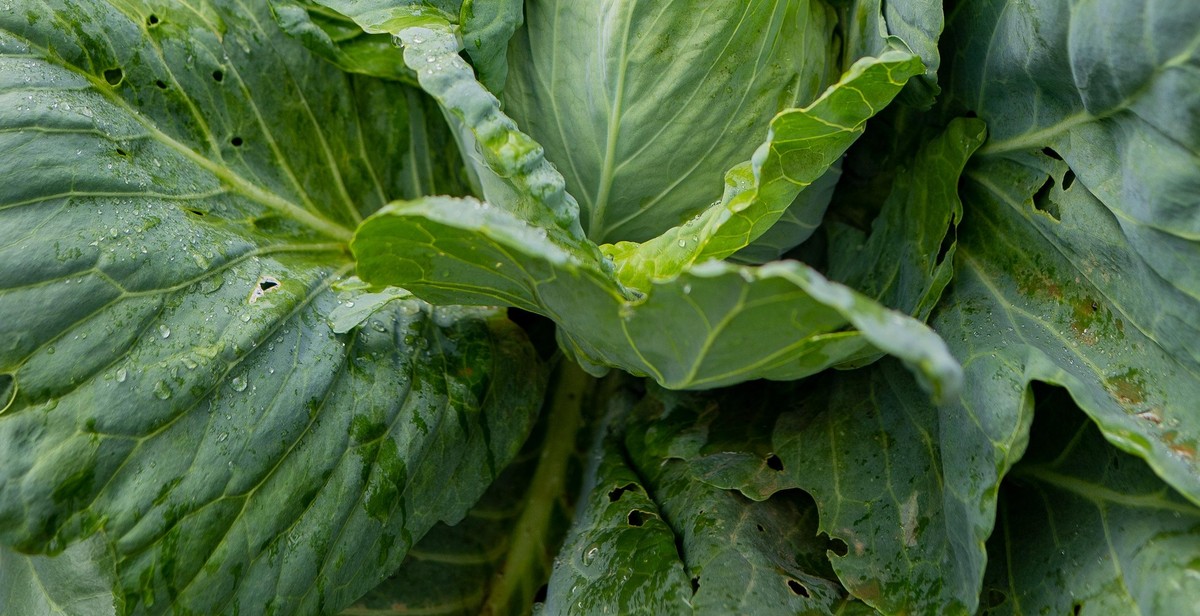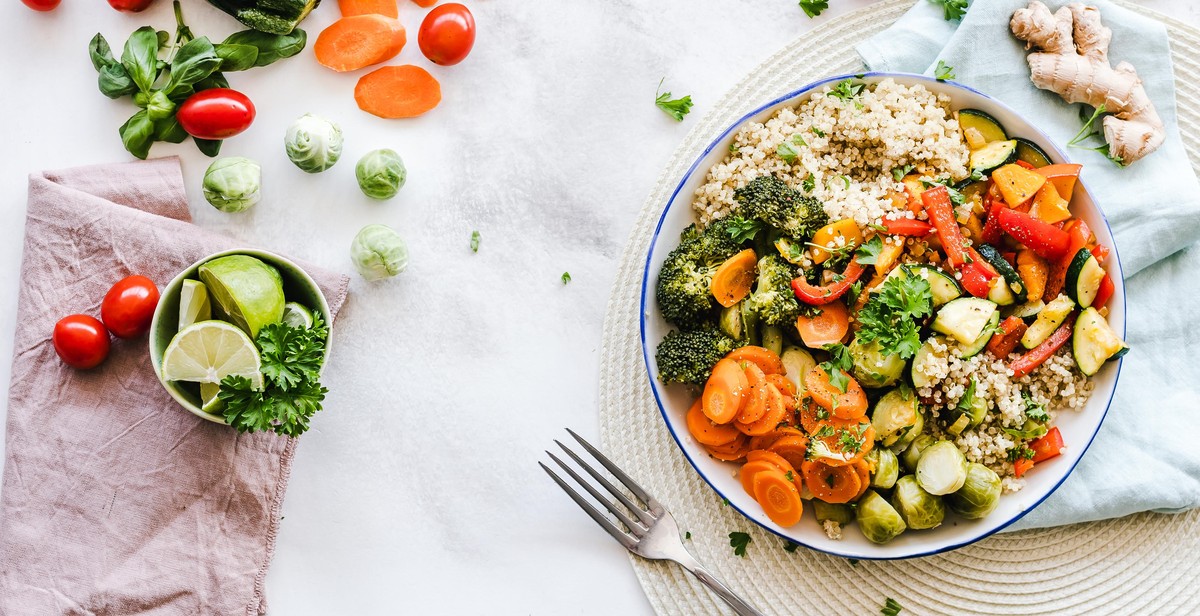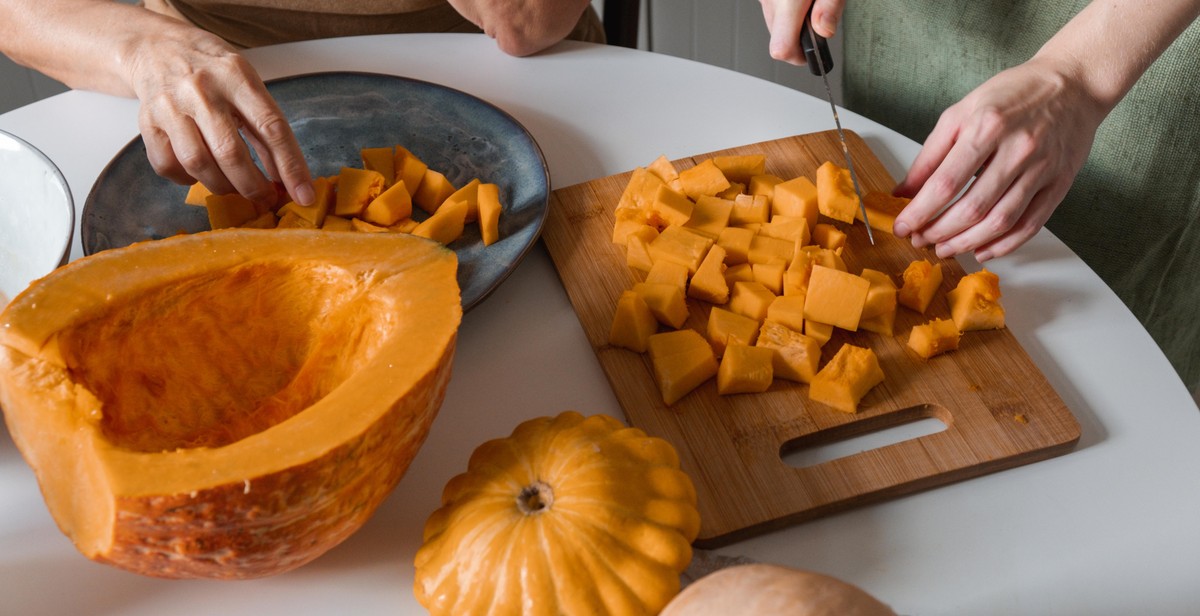Introduction: Preserving Color and Texture through Partial Cooking
Blanching is a cooking technique that involves partially cooking vegetables in boiling water or steam and then immediately submerging them in ice water to stop the cooking process. The purpose of blanching is to preserve the color, texture, and nutrient content of the vegetables.
Blanching is an important step in many recipes, including canning and freezing vegetables. It helps to remove dirt, bacteria, and enzymes that can cause spoilage and discoloration. Blanching also softens the vegetables, making them easier to handle and cook.
The Benefits of Blanching Vegetables
Blanching vegetables has several benefits:
- Preserves color: Blanching helps to preserve the bright, vibrant colors of vegetables, making them more visually appealing.
- Preserves texture: Blanching helps to preserve the texture of vegetables, keeping them crisp and tender.
- Removes dirt and bacteria: Blanching helps to remove dirt, bacteria, and other contaminants from the surface of vegetables.
- Stops enzyme activity: Blanching helps to stop enzyme activity in vegetables, which can cause discoloration and loss of nutrients.
Overall, blanching is an essential technique for preserving the color, texture, and nutrient content of vegetables. In this article, we will discuss how to blanch vegetables properly to achieve the best results.

Reasons for Blanching Vegetables
Blanching is a cooking technique that involves partially cooking vegetables in boiling water for a short period, followed by immediate cooling in ice-cold water. This process can be done for various reasons, including:
Preserving Color and Texture
Blanching helps to preserve the color and texture of vegetables by stopping the enzymatic activity that causes discoloration and deterioration. Enzymes are responsible for breaking down the pigments and cell walls in vegetables, leading to loss of color, texture, and flavor. Blanching deactivates these enzymes, making the vegetables retain their vibrant color, crisp texture, and fresh flavor.
Removing Dirt and Pesticides
Vegetables are often coated with dirt, dust, and pesticides, which can be harmful to human health if ingested. Blanching helps to remove the dirt and pesticides from the surface of vegetables, making them safe for consumption. The boiling water penetrates the outer layer of the vegetable, loosening the dirt and pesticides, which are then washed away during the cooling process.
Inactivating Enzymes
Blanching also helps to inactivate the enzymes that cause spoilage and reduce the shelf-life of vegetables. When vegetables are harvested, they continue to respire and produce heat, which can lead to spoilage and decay. Blanching helps to stop this process by deactivating the enzymes that cause respiration, thereby extending the shelf-life of vegetables.
Overall, blanching is an essential technique that helps to preserve the color, texture, and flavor of vegetables while also removing dirt, pesticides, and harmful enzymes. Whether you are preserving vegetables for later use or preparing them for immediate consumption, blanching is a useful technique that can enhance the quality and safety of your food.

How to Blanch Vegetables: Preserving Color and Texture through Partial Cooking
Blanching is a cooking technique that involves partially cooking vegetables in boiling water and then immediately cooling them in ice water. This process helps to preserve the color and texture of the vegetables, while also removing any dirt or bacteria that may be present on their surface. Here are the steps to blanching vegetables:
Step 1: Preparing the Vegetables
Before blanching, it is important to properly prepare your vegetables. Wash them thoroughly under running water and remove any dirt or debris. Then, trim or cut them into the desired size and shape. For example, you may want to cut broccoli into florets or slice carrots into rounds.
Step 2: Boiling Water
Fill a large pot with water and bring it to a rolling boil over high heat. You want enough water to fully submerge your vegetables once added to the pot. Add salt to the water to enhance the flavor of the vegetables.
Step 3: Blanching the Vegetables
Once the water is boiling, add your prepared vegetables to the pot. Make sure they are fully submerged in the water and not overcrowding the pot. Blanching times will vary depending on the type and size of the vegetable, but generally, blanching takes between 1-5 minutes. To test if the vegetables are done, remove one with a slotted spoon and taste it. It should be slightly tender but still have a firm texture.
Step 4: Cooling the Vegetables
Once the vegetables are blanched, immediately transfer them to a bowl of ice water. This will stop the cooking process and help to preserve their color and texture. Allow them to cool in the ice water for the same amount of time as they were blanched. Once cooled, remove the vegetables from the ice water and pat them dry with a clean towel or paper towel.
Blanched vegetables can be used in a variety of dishes, such as stir-fries, salads, or as a side dish. They can also be frozen for later use. By following these simple steps, you can preserve the color and texture of your vegetables, while also ensuring they are free of dirt and bacteria.

Tips for Blanching Vegetables
Blanching is a simple cooking technique that helps preserve the color, texture, and flavor of vegetables. Here are some tips to ensure that your blanched vegetables turn out perfectly:
Use a Large Pot
When blanching vegetables, it is important to use a large pot of boiling water. This ensures that the vegetables are fully submerged and cook evenly. If the pot is too small, the vegetables can become crowded and cook unevenly, resulting in some pieces being overcooked while others are undercooked.
Don’t Overcook the Vegetables
One of the biggest mistakes people make when blanching vegetables is overcooking them. Overcooked vegetables can become mushy and lose their bright color and flavor. To prevent this, it is important to blanch the vegetables for just the right amount of time. The timing will vary depending on the type and size of the vegetables, so be sure to follow a recipe or use a timer to ensure that you don’t overcook them.
Use Ice Water for Cooling
After blanching, it is important to cool the vegetables quickly to stop the cooking process. To do this, you should immediately transfer the vegetables to a bowl of ice water. The ice water will not only cool the vegetables quickly but also help them retain their color and texture.
Dry Thoroughly Before Freezing
Once the vegetables are blanched and cooled, it is important to dry them thoroughly before freezing. Excess moisture can cause ice crystals to form on the vegetables, which can affect their texture and flavor. To dry the vegetables, simply spread them out on a clean kitchen towel or paper towel and pat them dry.
| Vegetable | Blanching Time |
|---|---|
| Asparagus | 2-4 minutes |
| Broccoli | 3-4 minutes |
| Carrots | 2-3 minutes |
| Cauliflower | 3 minutes |
| Corn | 4-5 minutes |
| Green beans | 3-4 minutes |
| Peas | 1-2 minutes |

Conclusion
Blanching vegetables is a simple yet effective technique for preserving the color, texture, and nutrients of vegetables. By partially cooking vegetables in boiling water and then immediately plunging them into ice water, you can stop the cooking process and retain the vibrant color and crisp texture of the vegetables.
Benefits of Blanching Vegetables
- Preserves color and texture: Blanching helps vegetables retain their bright color and crisp texture, making them more visually appealing and enjoyable to eat.
- Removes dirt and bacteria: Blanching also helps remove dirt and bacteria from vegetables, making them safer to eat.
- Preserves nutrients: Blanching vegetables for a short period of time helps preserve their nutrients, such as vitamins and minerals.
- Prepares vegetables for freezing: Blanching is also an important step in preparing vegetables for freezing. It helps to prevent freezer burn and maintain the quality of the vegetables.
Overall, blanching is a quick and easy way to improve the quality and safety of your vegetables. Whether you’re preparing vegetables for a meal or preserving them for later use, blanching is a valuable technique to have in your cooking arsenal.
